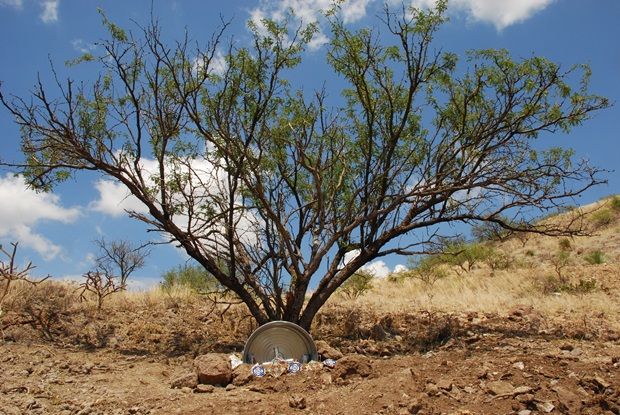So what have we got?
Archaeology is the study of artifacts that have been designed for a purpose. Our uniform experience of intelligent causes allows us to make inferences about design, even without knowing the identity of the designers. Since ID principles are used in archaeology as they are in various other sciences, what's the problem with applying the theory in biology?I was going to work through it line-by-line, starting with the definition of “archaeology.” But where do you go with something like “Since ID principles are used in archaeology as they are in various other sciences, what's the problem with applying the theory in biology?” It’s not interesting, and I can’t even get angry about it. If your dataset is the material products of human behaviour (e.g., you are an archaeologist), then, yes, you are probably dealing with the products of some sort of intelligence. And we are pretty sure humans exist.
I gather archaeology has been trotted out before as an example of Intelligent Design. It is listed on TalkOrigins as Claim CI191
Just as sciences such as archaeology and forensics can detect design, so it is a valid scientific practice to detect intelligent design in nature. The success of those sciences shows that the methods of intelligent design work in practice.The response to this claim dates from 2003. The argument (or assumption) was also extensively addressed by Northstate Science in 2007. But, since this is the Creation Institute, the critiques have been studiously ignored. This article is simply a repetition of the same argument.
Beyond the odd non sequitur of “archaeologists study things that are intelligently designed, so why shouldn’t every science assume intelligent design” I gather ID advocates trot out archaeology as an example of disciplines that use the “explanatory filter,” which is the assumption that events that have a sufficiently low probability of occurring naturally must be the result of design (Scott 2004:121-122). Apparently this is how archaeologists identify artifacts. If has a low probability of occurring naturally, it must be an artifact.
This isn’t actually how archaeologists identify artifacts—there is a fair amount of accumulated knowledge and research (see Northstate Science--Bad Analogies At Evolution News and Views--), including ethnographic and historical comparisons, experimental work, and straight-up analysis, such as studying use-wear and polishes. To be fair, there are some artifact classes that where it really does come down to assessing the probability that a potential artifact might have been produced naturally— expedient tools and eoliths for example.
But if you have a whole site or deposit where you are having to use eliminative reasoning to identify artifacts (i.e., your sole basis for identifying artifacts is that there is a low probability that they could have been produced naturally), you are in trouble. A lot of people are going to say you don’t have artifacts, or a site. Some well-known examples of whether purported artifacts are real or natural (i.e., artifacts or geofacts) are deposits at Pedra Furada in Brazil, the Calico site in California, and Pendejo Cave in Utah (yes, that is its name). None of these sites made it over the bar. When you do need to resort to “explanatory filter”reasoning, it is most probably because you have a problem—your data is crap.
-------------------------
Scott, Eugenie C.
2004 Evolution vs creationism: An Introduction. Greenwood Press, Westport CT


